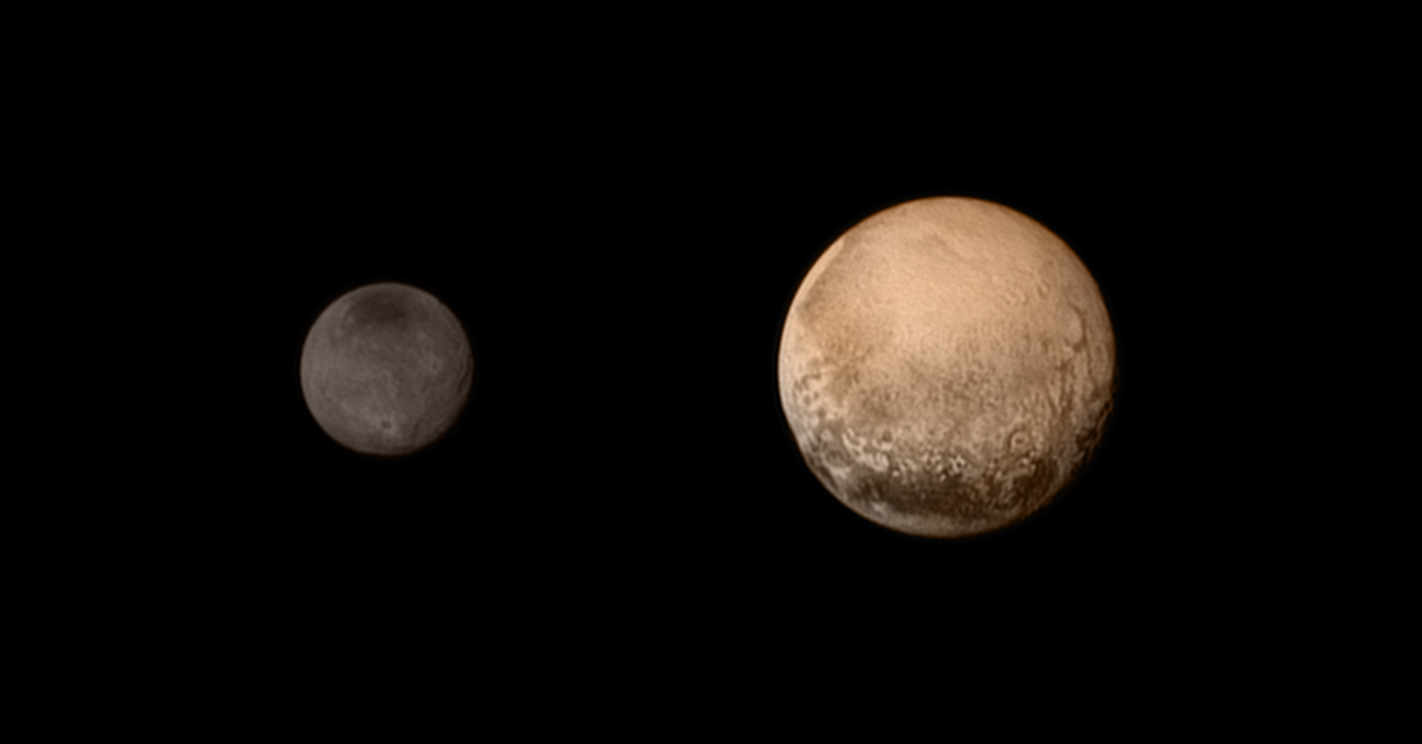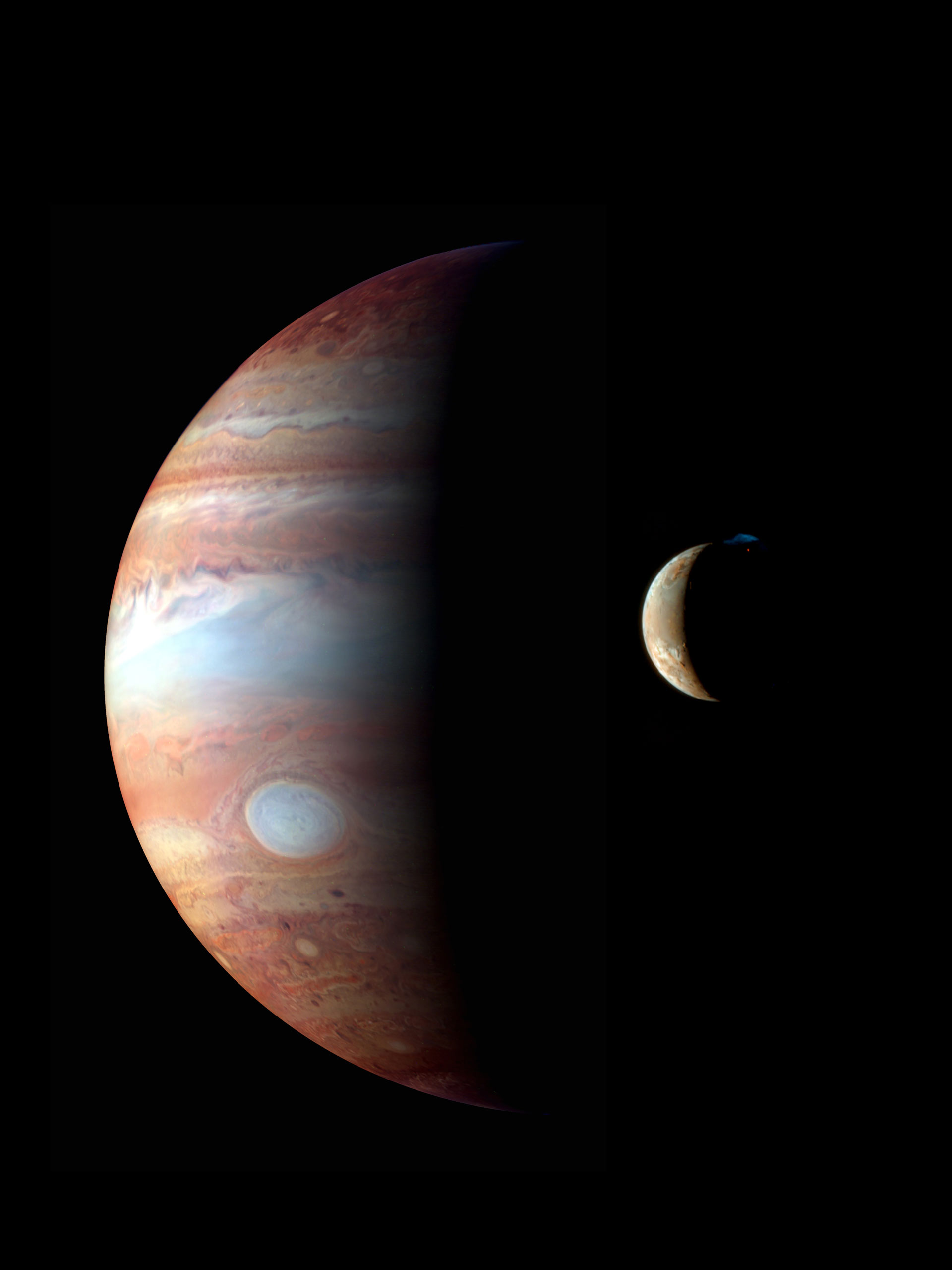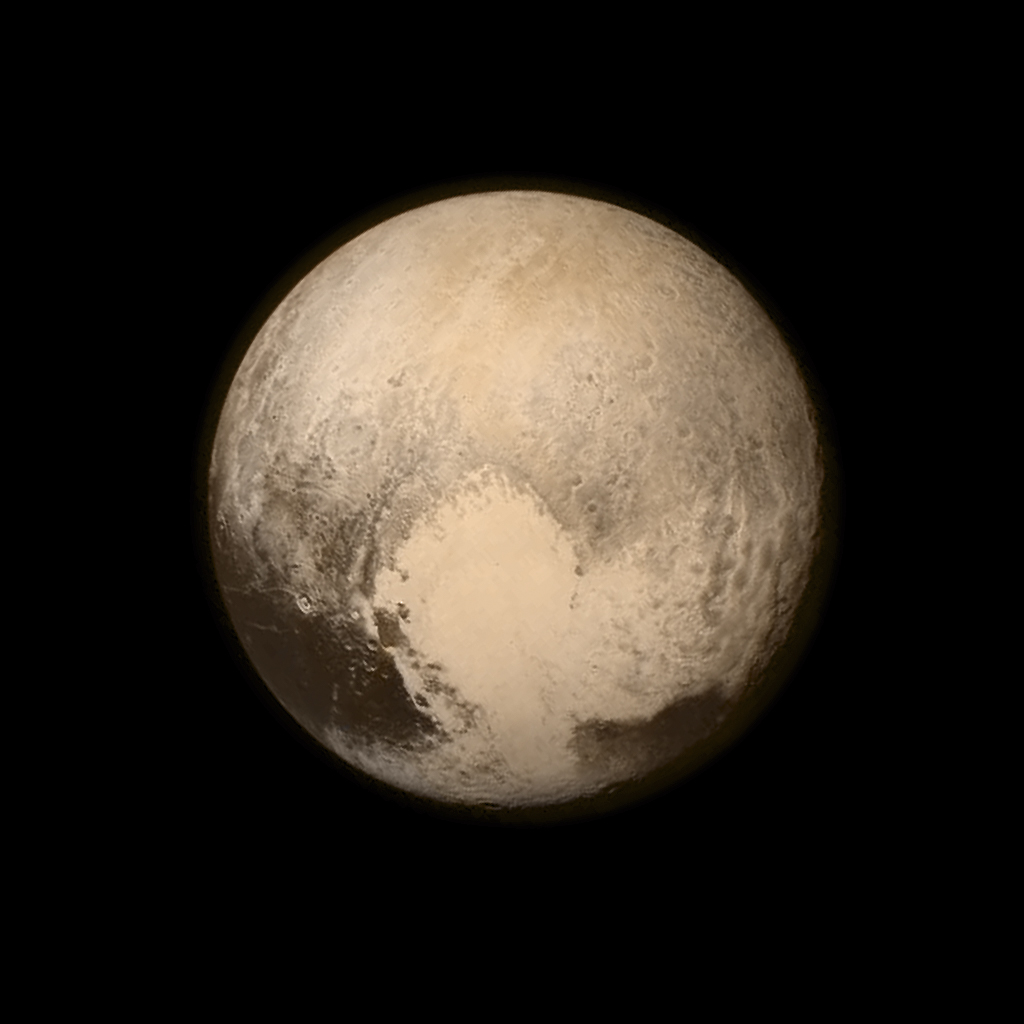
On January 19, 2006, the New Horizons space craft launched from Cape Canaveral on a mission that would take it over three billion miles away to an unprecedented rendezvous with the dwarf planet Pluto.
Nearly a decade later, the first images from that fly-by will be sent back to Earth on Wednesday – they will be the best and closest images of Pluto ever taken.
TIME Multimedia Editor Mia Tramz interviews Jeff Moore, the Geology and Geophysics Investigation (GGI) Theme Team leader, about the cameras they used for this historic mission and what these new images of Pluto may mean for our understanding of the universe.
TIME LightBox: How many cameras are on the space craft?
Jeff Moore: There’s two cameras that more or less operate in visible light: a color camera which is a medium resolution camera (Ralph), and then there’s a grayscale or black and white telephoto camera (Long Range Reconnaissance Imager, or LORRI).
Our long range pictures of things that are going to give us our highest resolution images will be taken LORRI. And the color pictures will be taken with Ralph. We can actually combine the colors from Ralph to colorize LORRI’s pictures.
And then there is an imaging infrared spectrometer that will also makes pictures of a sort. But they’re mostly compositional information, like what Pluto and its moons are made out of.
TIME LightBox: Was any new technology incorporated into the cameras?
Jeff Moore: At a relatively small level yes, but mainly the cameras represent mature technology of 15 years ago. If you’re going to launch a space craft that’s going to fly over three billion miles away from the Earth – and it’s going to take ten years to get there – you want to make sure that what you’re sending there is completely reliable.
So we did not use the latest most cutting edge technology, we used technology which we would be sure to work when we got there. We used cameras not too different from what you can buy at a camera store or in the back of your telephone. We made the cameras very robust and mechanically simple so that nothing could break and nothing could fail.
TIME LightBox: How long does it take to get an image back from the space craft?
Jeff Moore: In order to keep the mission economical so that NASA would have the resources to pay for [it], we did a few things such as using a relatively small radio antenna on the space craft. And we also bolted everything onto the space craft without any moving parts.
That means several things. When the space craft collects data, it usually does not have its antenna pointed at the Earth – the space craft has to reorient itself back to Earth to transmit data.
Also, at the distance of Pluto, we can only send data back at a rate that’s comparable with an old 1990s modem. Because of that, during the encounter, we’ll be taking many, many pictures, but those pictures will all be stored on the solid state memory and radioed back to the Earth months after the encounter.
Much of our best and most interesting data isn’t going to be seen until this fall or early next year. Of course we’re going to send back some very interesting high priority data during the days of the encounter itself.
TIME LightBox: How often are you receiving pictures from the space craft currently?
Jeff Moore: We are getting pictures back on a daily to weekly basis right now.
MORE: See The Trailer For TIME’s Unprecedented New Series: A Year In Space
TIME LightBox: Can you describe the different teams that will be working with these pictures and what data they’ll be looking for in the images?
Jeff Moore: There’s four teams: There is a Composition (COMP) Theme Team which will look mostly at the data from the infrared mapping spectrometer I described earlier. It doesn’t have the same pixel resolution as the cameras, but it takes pictures in over two hundred and fifty colors in the near infrared. They can make spectra of individual points on Pluto and determine what kinds of materials make up the surface of the planet.
Then there’s an Atmospheres (ATM) Theme Team. They will examine the structure and density and surface pressure and chemistry and winds of Pluto’s atmosphere.
And then last but not least there is a Particles and Plasma (P&P) Theme Team which will study the interaction of solar wind with the gases which come off of Pluto’s atmosphere and off its moons. They can tell a lot about the evolution and long term survivability of, or changes at least, in Pluto’s atmospheric history by looking at how these fields and particles from the Sun interact with the material and the vicinity of Pluto.
TIME LightBox: From your own personal point of view, what sorts of things are you most excited to start finding out about once the pictures come back from the fly-by?
Jeff Moore: The thing that I’m going to be most excited about is understanding the various geological processes that have operated to shape the surface. We see evidence that there’s been vast erosion and buildup of ices as Pluto goes through its extreme seasons.
Pluto has extreme seasons which may well drive very exotic land forms. We may see big landscapes that are eroded that look like Monument Valley and maybe other places which look like polar ice sheets.
It’s perfectly possible to see where the ground’s been broken and split into mountains or ridges or canyons from tectonic forces. We might even see evidence for an exotic form of volcanism where you have this very cold but volatile material that makes up Pluto. It might be warmed by radioactive minerals in the interior. There might be eruptions of ice or methane or nitrogen volcanoes. That can’t be ruled out.
And we expect to see probably at least a few impact craters here and there. If the surface has very few impact craters that means it’s very young. And Pluto has, up until recent times, or in recent times been geologically active. If it has lots of impact craters it means that most of the things that happened in the history of Pluto happened a long time ago.
There’s a lot of things we don’t know anything about. And figuring out how all these different geological processes worked in concert with each other and which came first will tell us the history of Pluto.
But I always tell everybody right now, what I really anticipate most about Pluto is to be surprised.
TIME LightBox: How do you anticipate this mission will contribute to our understanding of our universe?
Jeff Moore: Pluto may be the star witness to the whole third zone of the solar system. The inner zone of the solar system has the rocky planets like the Earth and Mars and so on. And the middle solar system have all the gas giants like Jupiter, Saturn, Uranus, Neptune and all their moons.
But then beyond those worlds, there is a vast realm of ice worlds which planets like Pluto represents the largest members of this third zone of the solar system, where water ice is considered to be something that never melts – it’s considered to be hard as rock, as un-meltable as rock.
The things that are operating on the surface at those temperatures instead are things like frozen nitrogen and frozen methane, which of course are gases on the Earth.
The things which make our atmosphere, or the stuff that comes out of our gas heated stoves, are the things which make up the surface materials and the rocks on these worlds like Pluto. And how they interact, it’s really not something we’ve seen a lot of or have any understanding of.
It represents in some sense one of the major regions of our solar system. Pluto may represent one of the more common types of worlds in the universe. And we simply haven’t seen such worlds before, so it’s going to be really exciting to see such a landscape for the first time.
This interview has been edited for length and clarity
Jeff Moore is the Geology and Geophysics Investigation (GGI) Theme Team leader for New Horizons. Follow the New Horizons Mission @NASANewHorizons.
Mia Tramz is a Multimedia Editor for TIME.com. Follow her on Twitter @miatramz.








More Must-Reads from TIME
- Why Trump’s Message Worked on Latino Men
- What Trump’s Win Could Mean for Housing
- The 100 Must-Read Books of 2024
- Sleep Doctors Share the 1 Tip That’s Changed Their Lives
- Column: Let’s Bring Back Romance
- What It’s Like to Have Long COVID As a Kid
- FX’s Say Nothing Is the Must-Watch Political Thriller of 2024
- Merle Bombardieri Is Helping People Make the Baby Decision
Write to Mia Tramz at mia.tramz@time.com